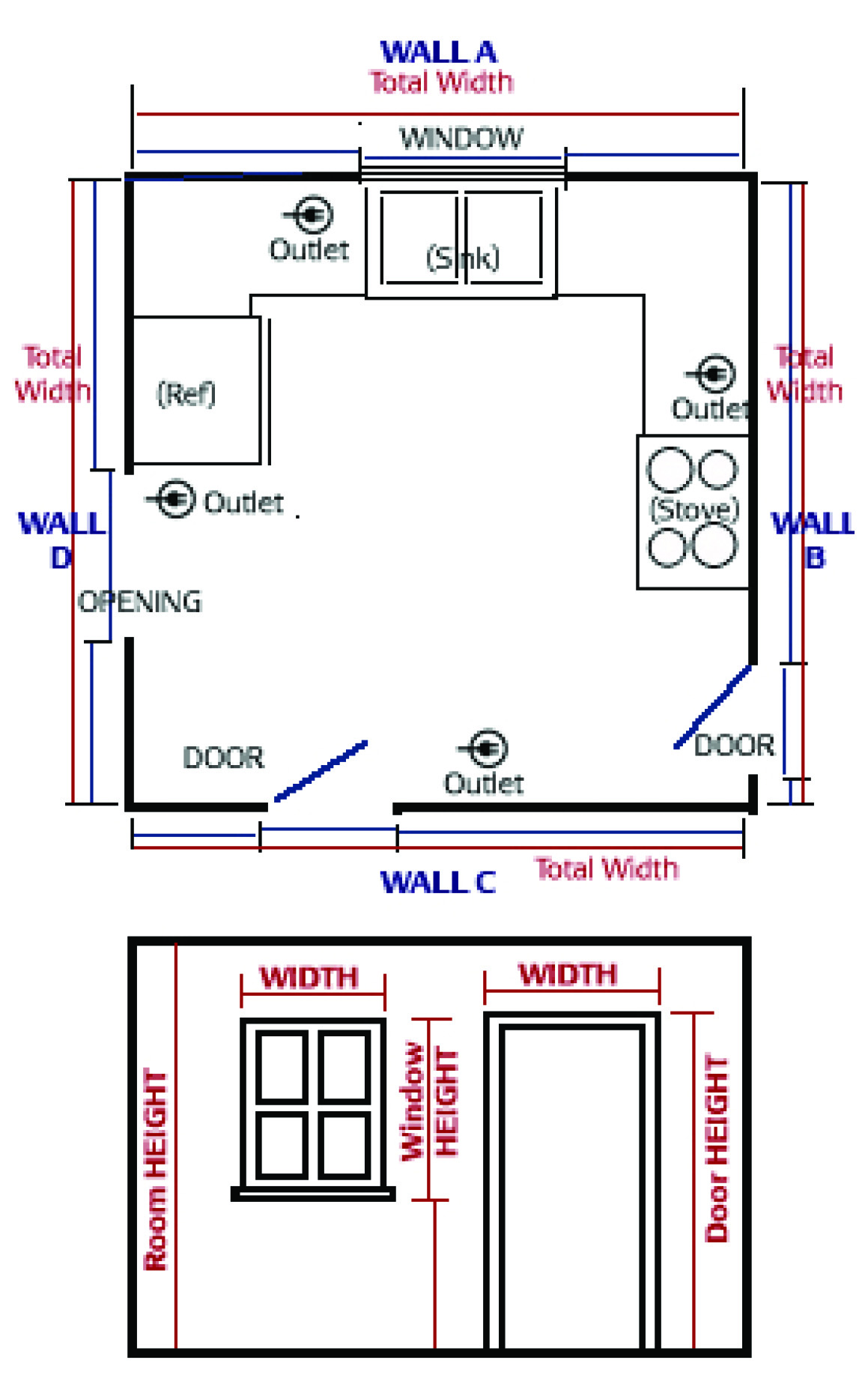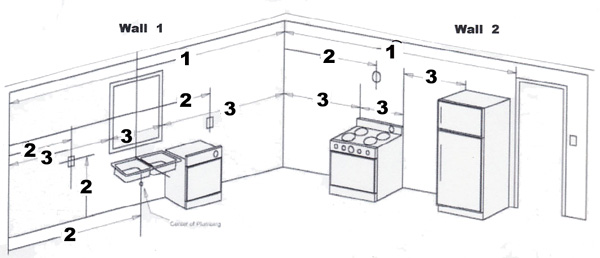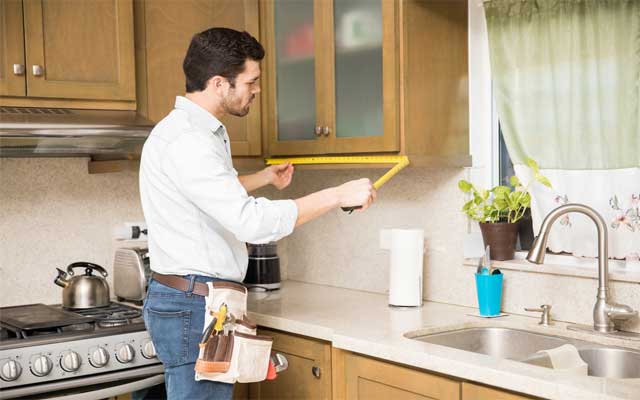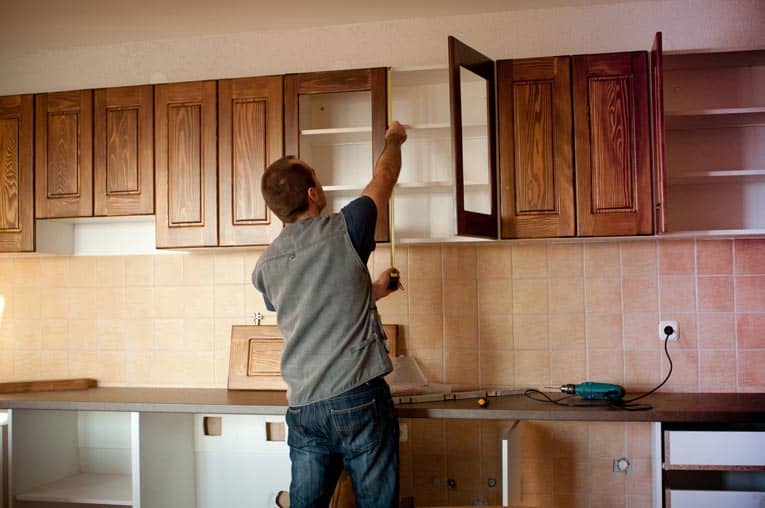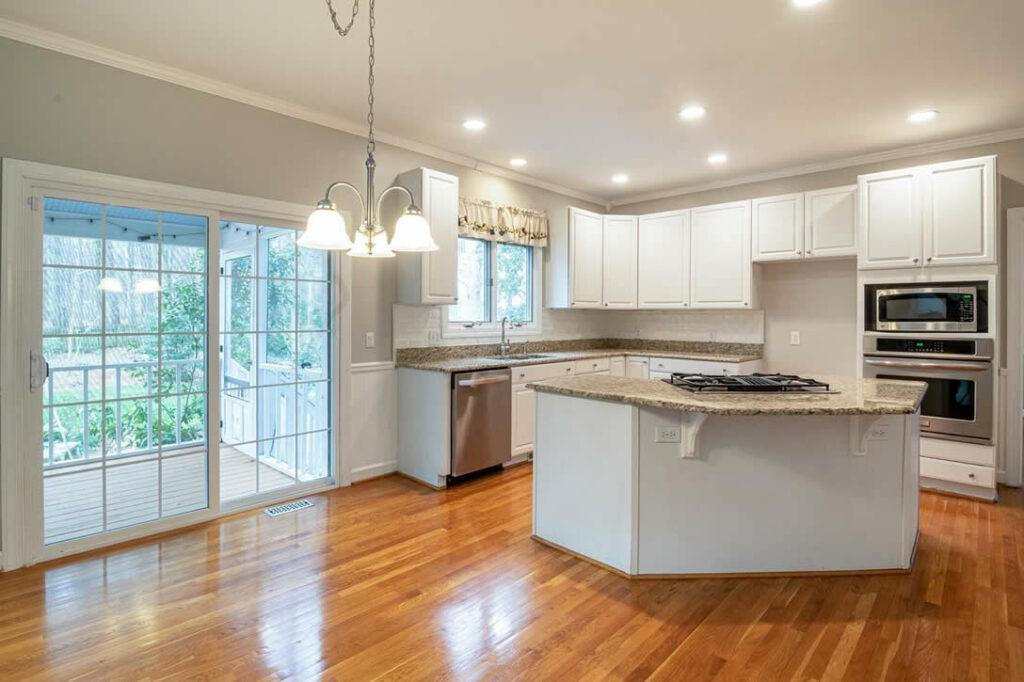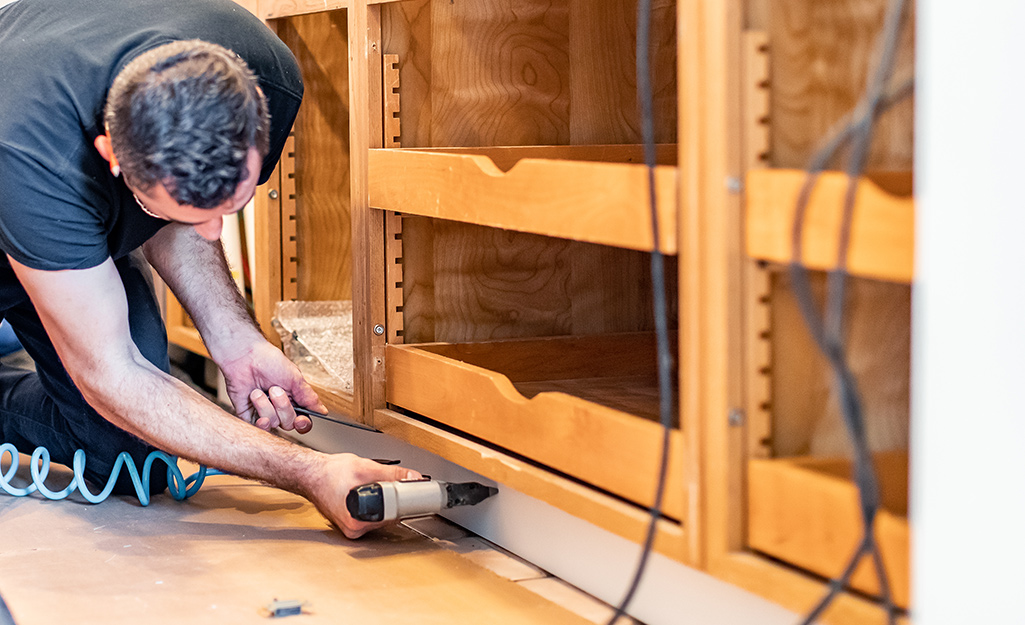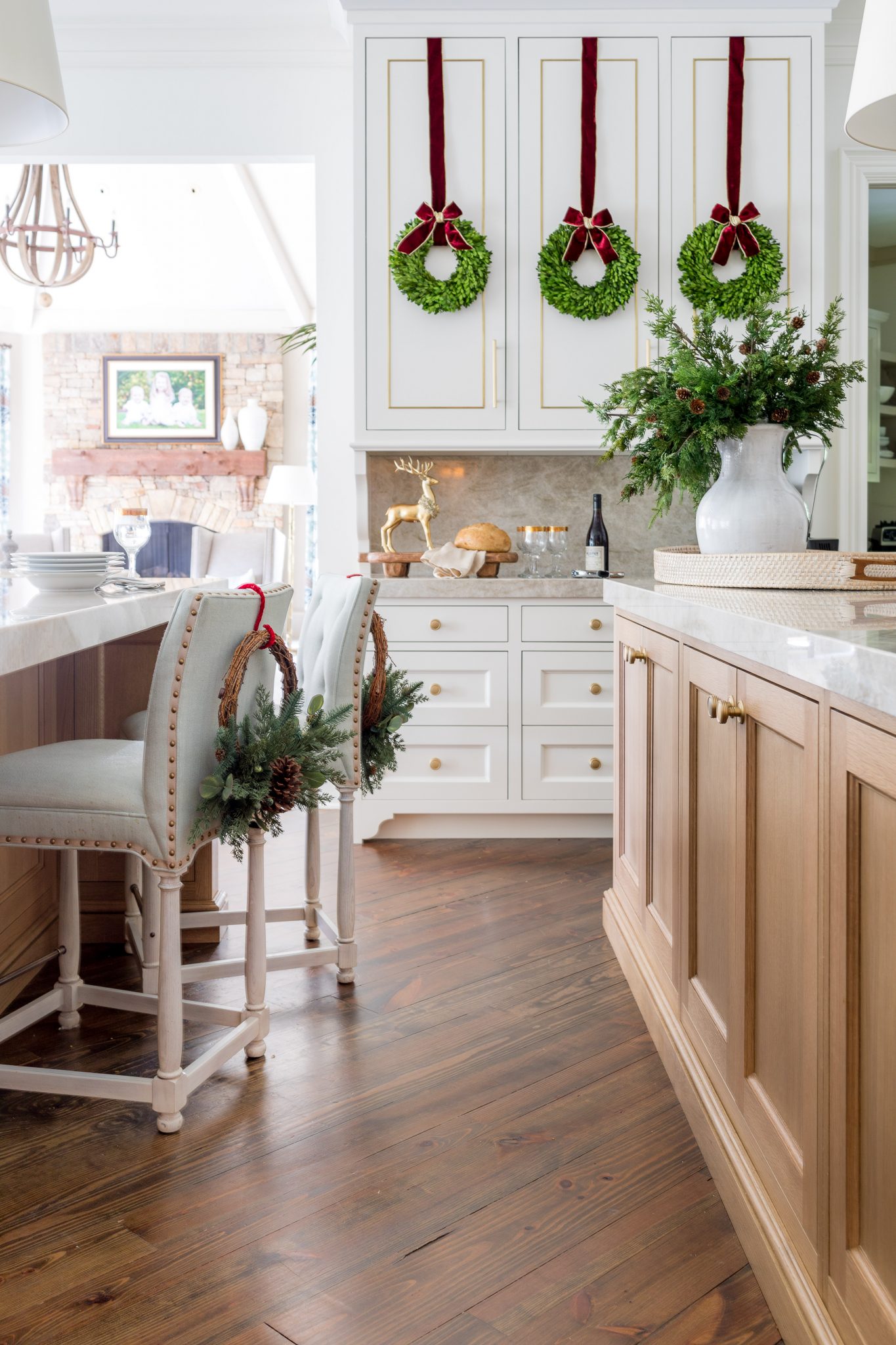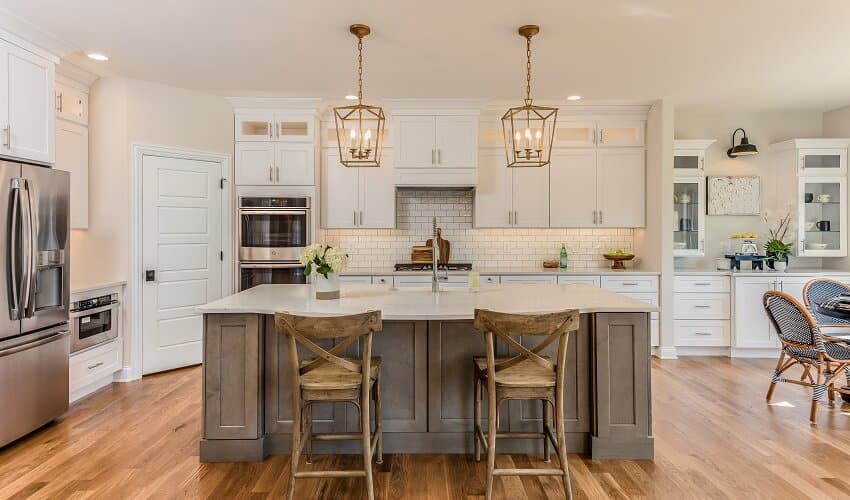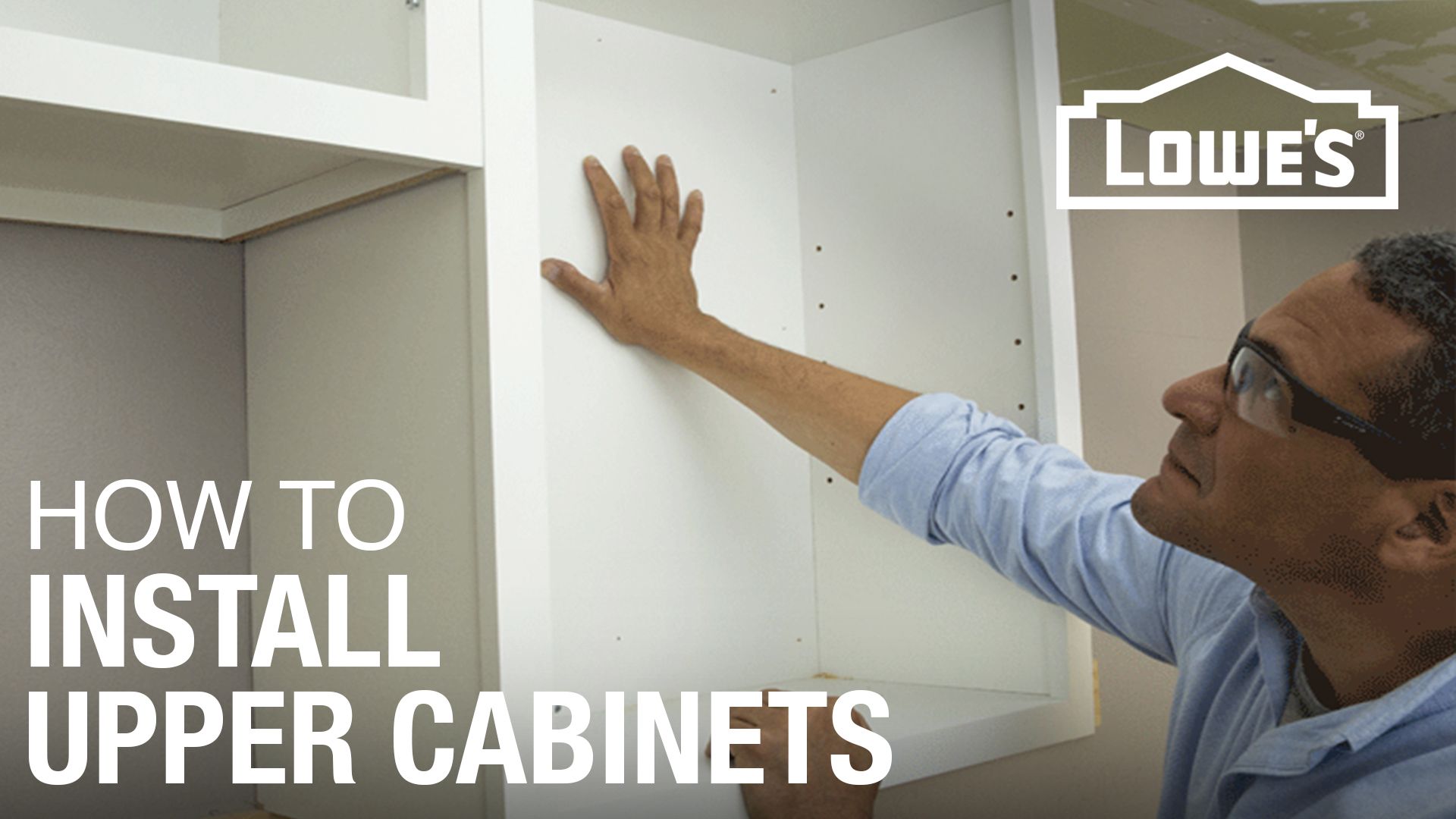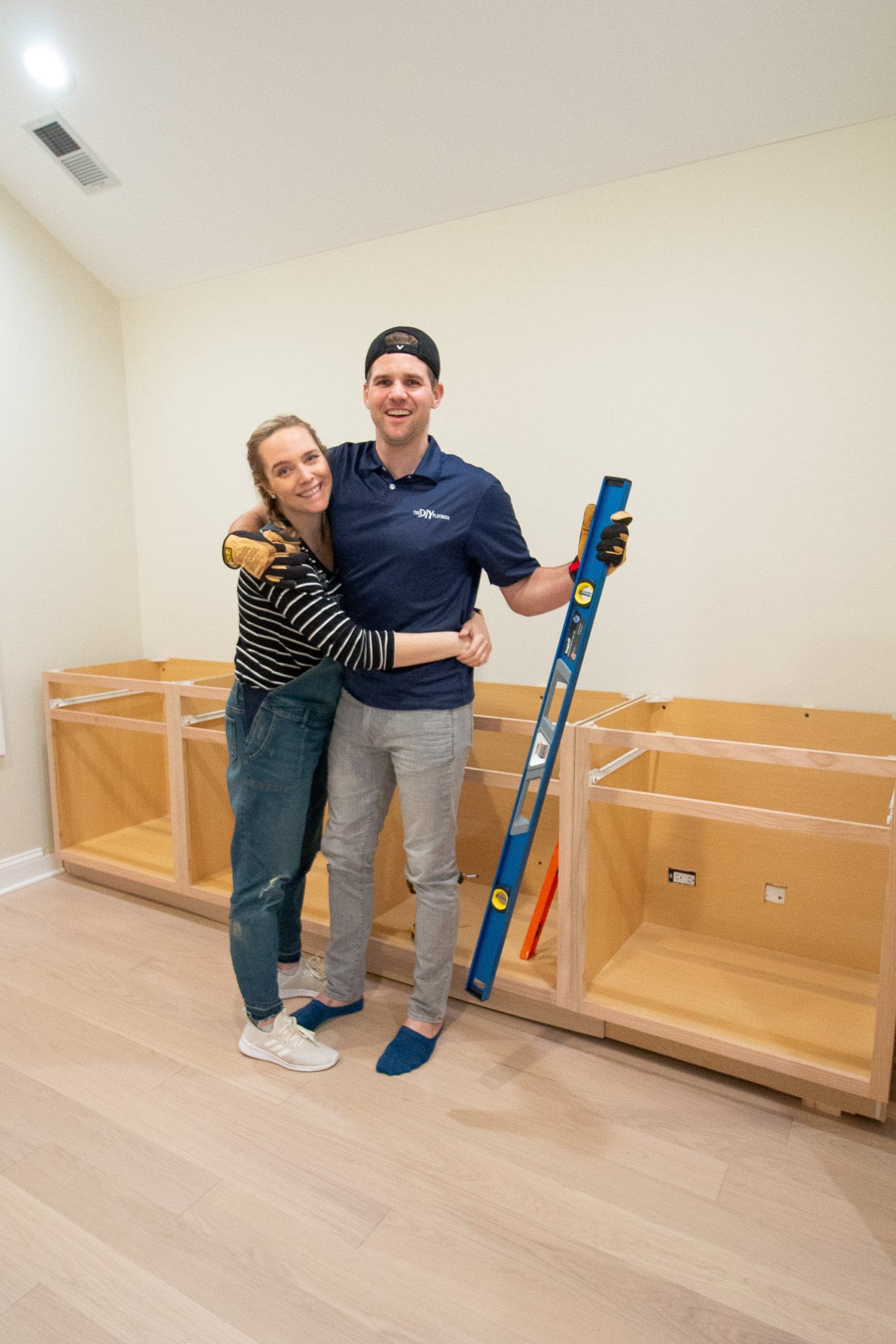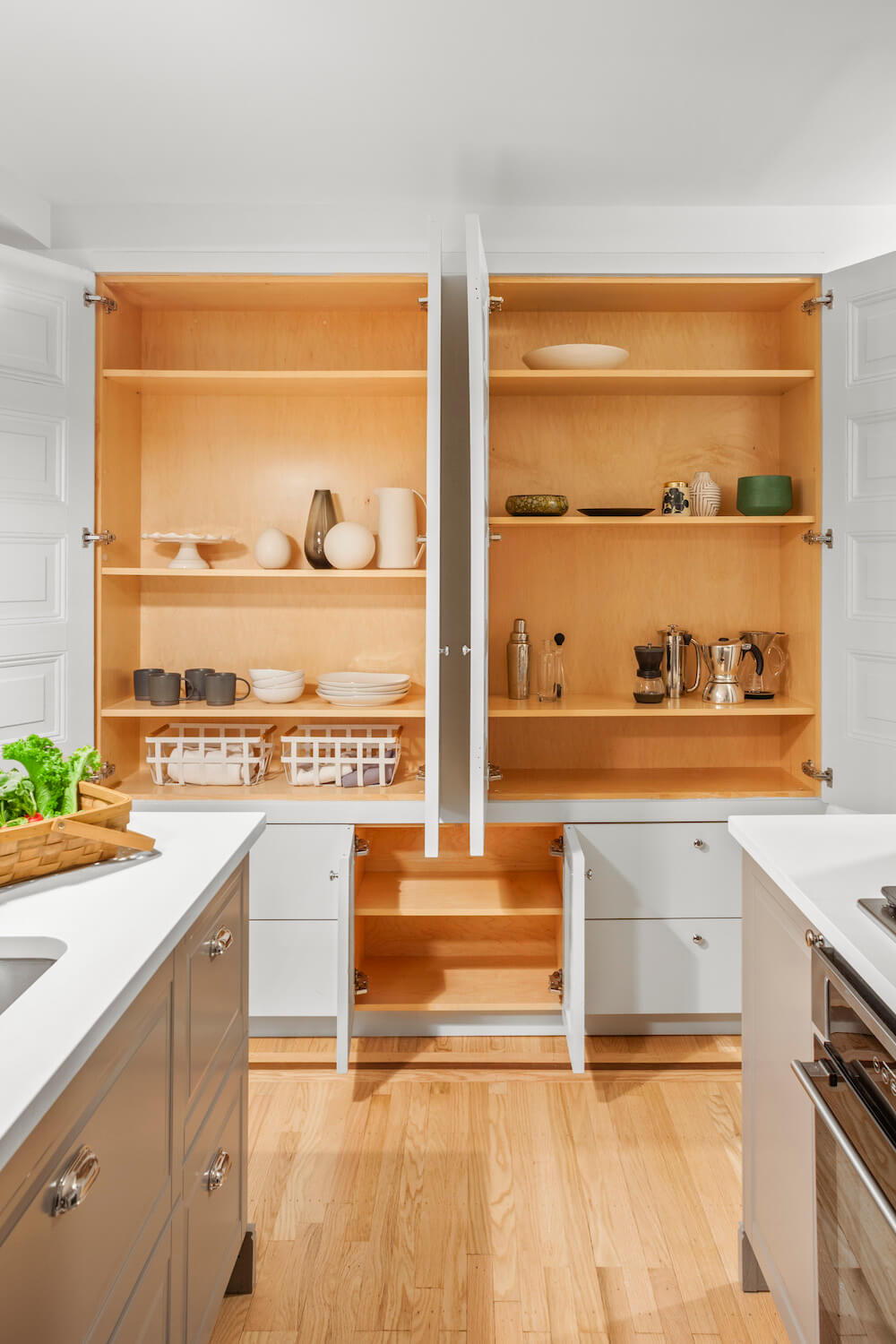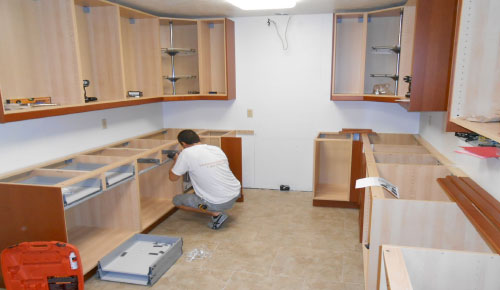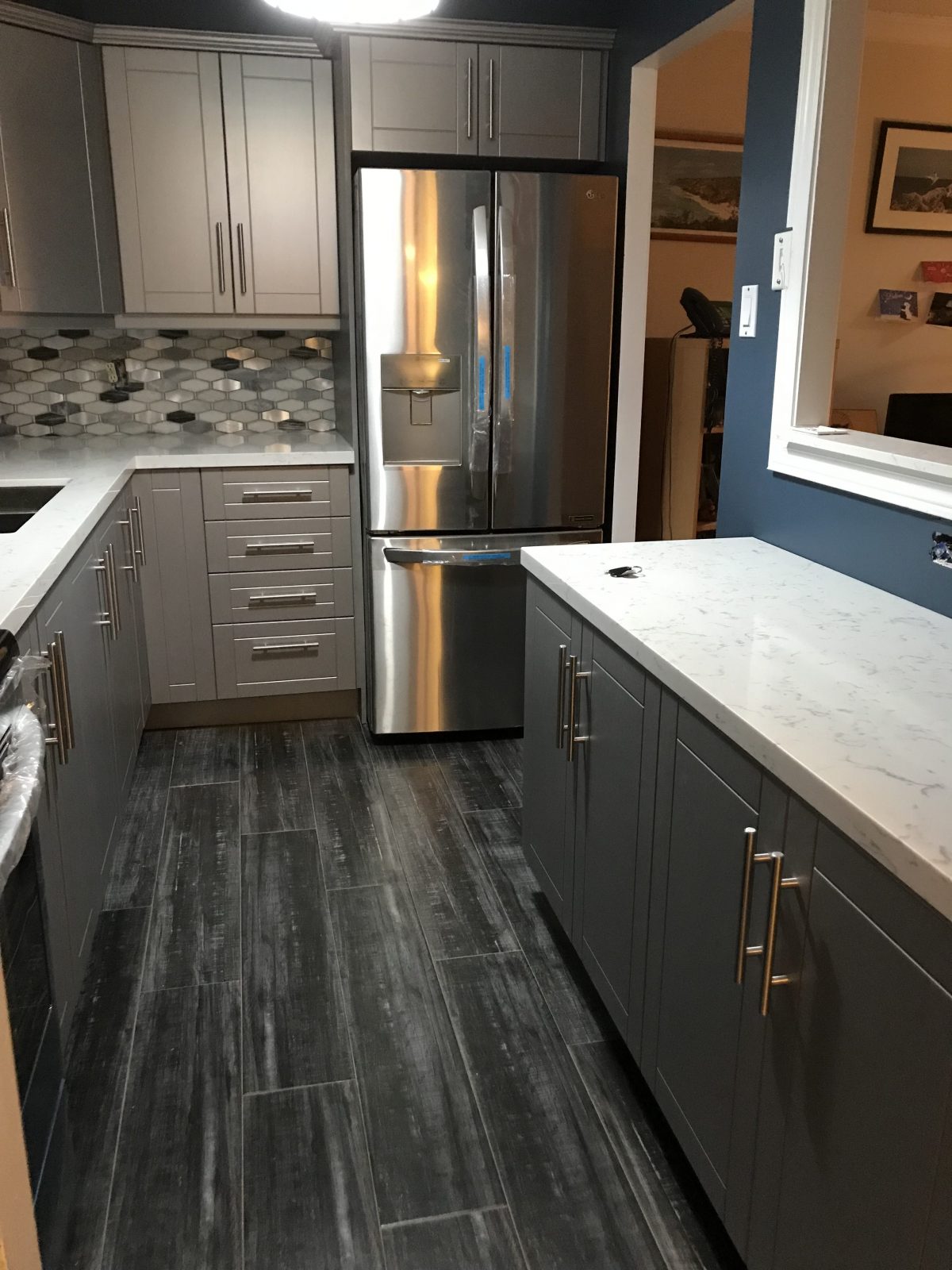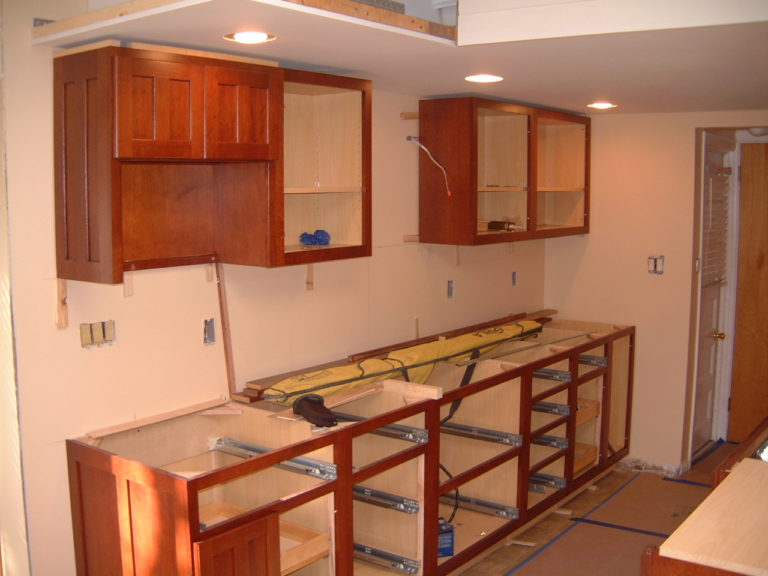When it comes to designing a kitchen, one of the most important aspects to consider is the height of your kitchen cabinets. Not only does it affect the overall look of your kitchen, but it also plays a crucial role in the functionality and accessibility of your space. In this article, we will discuss the standard kitchen cabinet dimensions and how to determine the ideal height for your kitchen cabinets.Standard Kitchen Cabinet Dimensions: Height, Width, Depth
The first step in determining the install heights for your kitchen cabinets is to measure the height of your kitchen ceiling. This will give you an idea of how much space you have to work with. The standard height for kitchen cabinets is 34.5 inches, but this can vary depending on the manufacturer and your personal preference. Next, you will need to consider the height of your countertops. The standard height for kitchen countertops is 36 inches, so you will need to take this into account when determining the height of your upper cabinets. Finally, you should also consider the size of the appliances that will be installed under or next to your cabinets. Make sure to leave enough space between the cabinets and appliances for ventilation and ease of use.How to Determine Install Heights for Kitchen Cabinets
As mentioned earlier, the standard height for kitchen cabinets is 34.5 inches. This height is based on the average height of most adults, making it comfortable for them to reach and use the cabinets. However, this height can vary between 30 to 36 inches, depending on personal preference and the height of your kitchen ceiling. If you have a shorter or taller family member who will be using the kitchen frequently, you may want to consider adjusting the height of the cabinets to accommodate their needs.What Is the Standard Height for Kitchen Cabinets?
The ideal height for hanging upper kitchen cabinets is 18 inches above your countertops. This allows for enough space to comfortably work on the countertops and access the contents of the cabinets. However, if you have a taller family member, you may want to consider increasing the height to 21 inches. If you have high ceilings, you can also opt for taller upper cabinets, which can add extra storage space and make your kitchen look more visually appealing. Just make sure to leave enough space between the top of the cabinets and the ceiling for a balanced look.How High Should You Hang Kitchen Cabinets?
Measuring for kitchen cabinets may seem like a daunting task, but it is actually quite simple. Start by measuring the length and width of your kitchen walls. Then, measure the height of your ceiling. Keep in mind that the standard distance between the bottom of the upper cabinets and the top of the lower cabinets is 18 inches. If you have a kitchen island, make sure to measure the distance between the island and the walls, as this will affect the size and placement of your cabinets.How to Measure for Kitchen Cabinets
Installing kitchen cabinets can be a DIY project, but it is important to have a basic understanding of carpentry and some specialized tools. The first step is to determine the placement of your cabinets and mark the location on the wall. Then, you will need to install a ledger board to support the cabinets during installation. Next, you will need to assemble the cabinets according to the manufacturer's instructions and attach them to the wall using screws and a drill. Finally, you can add the finishing touches, such as cabinet doors and hardware.How to Install Kitchen Cabinets
Hanging kitchen cabinets can be a tricky task, but with the right tools and techniques, it can be done easily. Start by attaching the cabinets to the wall using screws and a level to ensure they are straight. Then, you can add the doors and hardware. If you have two or more cabinets next to each other, use clamps to hold them together while attaching them to the wall. Make sure to secure the cabinets to the wall studs for added stability. Once all the cabinets are installed, you can add the finishing touches, such as trim and molding.How to Hang Kitchen Cabinets
The process of installing wall and base kitchen cabinets is very similar. The main difference is that base cabinets need to be level and sturdy enough to hold heavy countertops. Start by attaching the base cabinets to the wall using screws and a level, making sure to secure them to the wall studs. Next, you will need to install the countertops and attach them to the base cabinets. Finally, you can add the finishing touches, such as drawers and doors.How to Install Wall and Base Kitchen Cabinets
Installing kitchen cabinets may seem like a daunting task, but with the right tools and techniques, it can be done easily. Whether you are hanging upper cabinets, installing base cabinets, or both, make sure to measure accurately, use the right tools, and take your time for a professional-looking result. Remember to adjust the height of your cabinets based on your personal preferences and the needs of your family. With the right height and placement, your kitchen cabinets can not only look great but also make your cooking and storage experience more efficient and enjoyable.How to Install Kitchen Cabinets
The Importance of Proper Kitchen Wall Cabinet Height from Floor

Why Proper Height Matters
 When it comes to designing a functional and aesthetically pleasing kitchen, every detail counts. From the color of the walls to the type of flooring, each element plays a crucial role in creating a space that is both beautiful and practical. And one often overlooked aspect of kitchen design is the
height of wall cabinets from the floor
. While it may seem like a minor detail,
proper cabinet height
can make a significant impact on the overall look and functionality of your kitchen.
When it comes to designing a functional and aesthetically pleasing kitchen, every detail counts. From the color of the walls to the type of flooring, each element plays a crucial role in creating a space that is both beautiful and practical. And one often overlooked aspect of kitchen design is the
height of wall cabinets from the floor
. While it may seem like a minor detail,
proper cabinet height
can make a significant impact on the overall look and functionality of your kitchen.
The Standard Height for Kitchen Wall Cabinets
 The standard height for kitchen wall cabinets is
54 inches from the floor
. This measurement allows for a comfortable reach for the average person standing at around 5'7" to 5'9". However, this is just a general guideline, and the
ideal height
for your cabinets may vary depending on your height and the design of your kitchen.
The standard height for kitchen wall cabinets is
54 inches from the floor
. This measurement allows for a comfortable reach for the average person standing at around 5'7" to 5'9". However, this is just a general guideline, and the
ideal height
for your cabinets may vary depending on your height and the design of your kitchen.
Factors to Consider
Benefits of Proper Cabinet Height
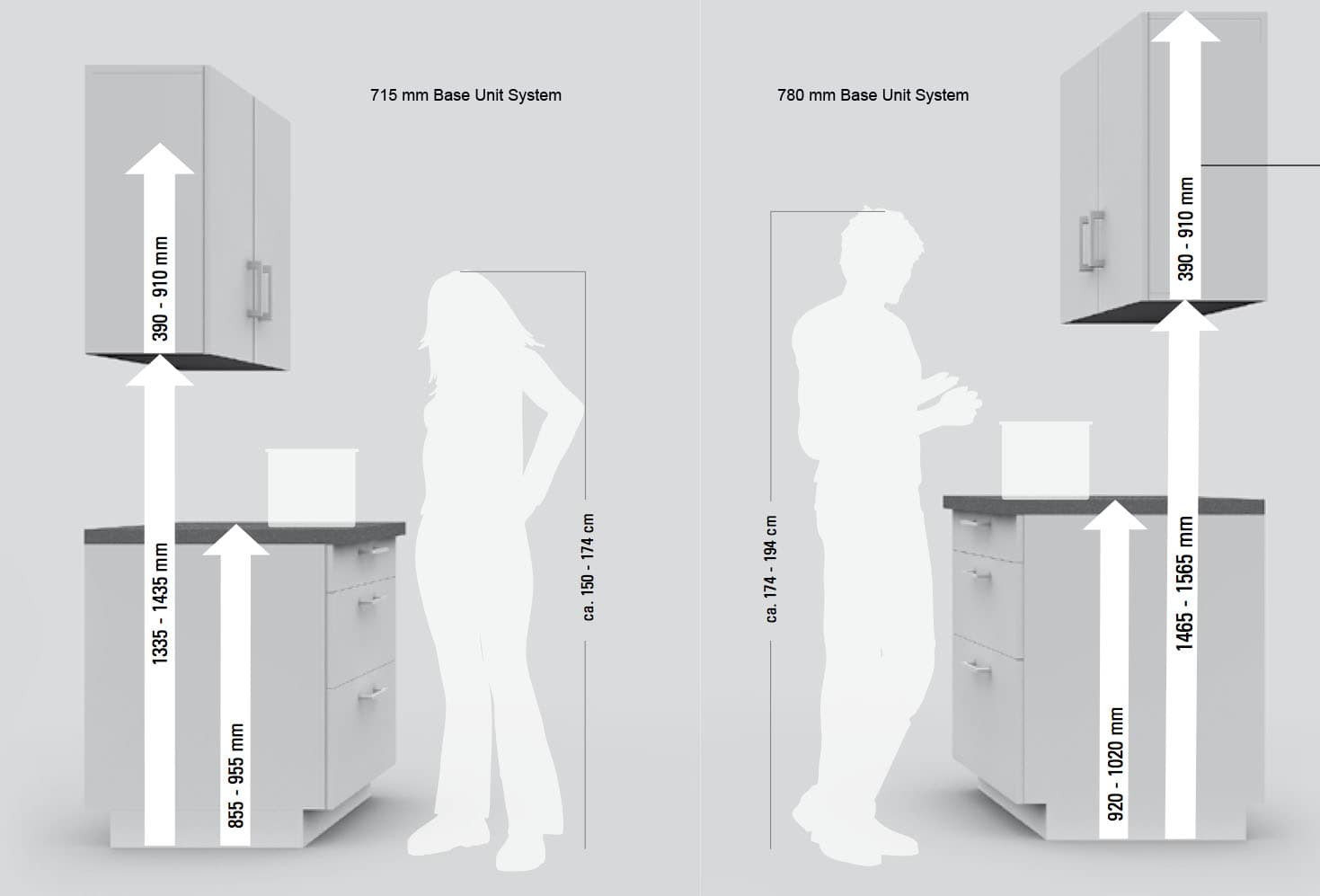 Having
properly placed cabinets
in your kitchen can bring several benefits. For one, it can make it easier to reach and access items stored in the cabinets, reducing strain and potential injuries. It also creates a more cohesive and aesthetically pleasing look, as cabinets that are too high or too low can disrupt the flow of the kitchen design. Moreover, having cabinets at the correct height can optimize storage space and make it easier to organize and keep your kitchen clutter-free.
Having
properly placed cabinets
in your kitchen can bring several benefits. For one, it can make it easier to reach and access items stored in the cabinets, reducing strain and potential injuries. It also creates a more cohesive and aesthetically pleasing look, as cabinets that are too high or too low can disrupt the flow of the kitchen design. Moreover, having cabinets at the correct height can optimize storage space and make it easier to organize and keep your kitchen clutter-free.
The Final Word
 When it comes to designing your kitchen, every detail matters. And the
height of your wall cabinets from the floor
is no exception. Take the time to carefully consider the factors mentioned above and determine the
optimal height
for your cabinets. Doing so will not only make your kitchen more functional, but it will also enhance its overall appearance and make it a more enjoyable space to cook and gather in.
When it comes to designing your kitchen, every detail matters. And the
height of your wall cabinets from the floor
is no exception. Take the time to carefully consider the factors mentioned above and determine the
optimal height
for your cabinets. Doing so will not only make your kitchen more functional, but it will also enhance its overall appearance and make it a more enjoyable space to cook and gather in.



:max_bytes(150000):strip_icc()/guide-to-common-kitchen-cabinet-sizes-1822029-base-6d525c9a7eac49728640e040d1f90fd1.png)

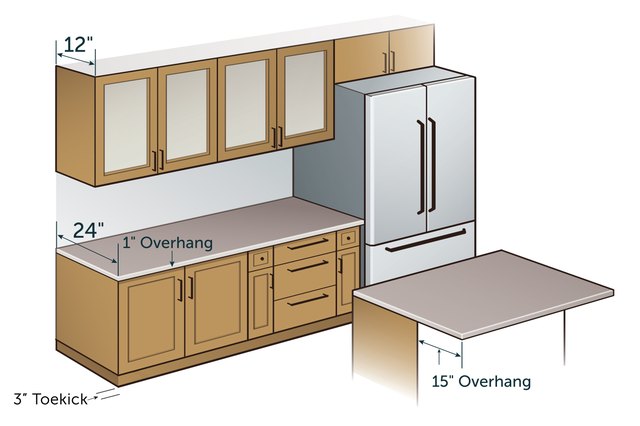











/125410192-56a2ae863df78cf77278c252.jpg)









:max_bytes(150000):strip_icc()/guide-to-common-kitchen-cabinet-sizes-1822029-hero-08f8ed3104a74600839ac5ef7471372e.jpg)
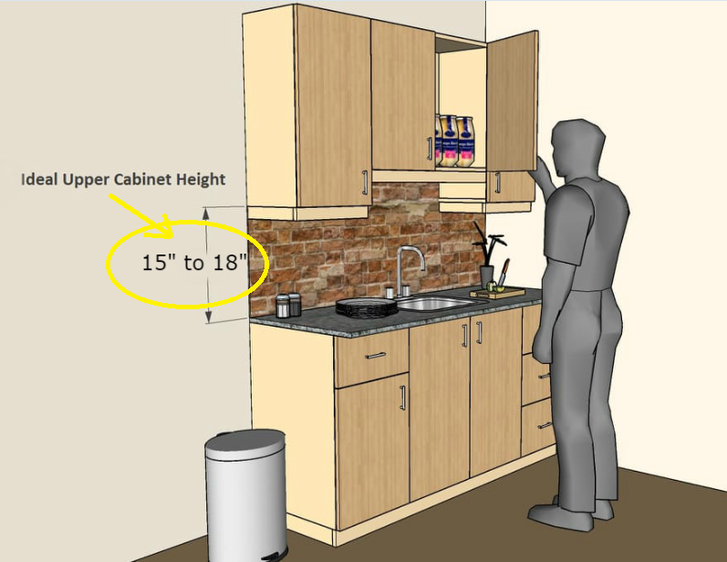
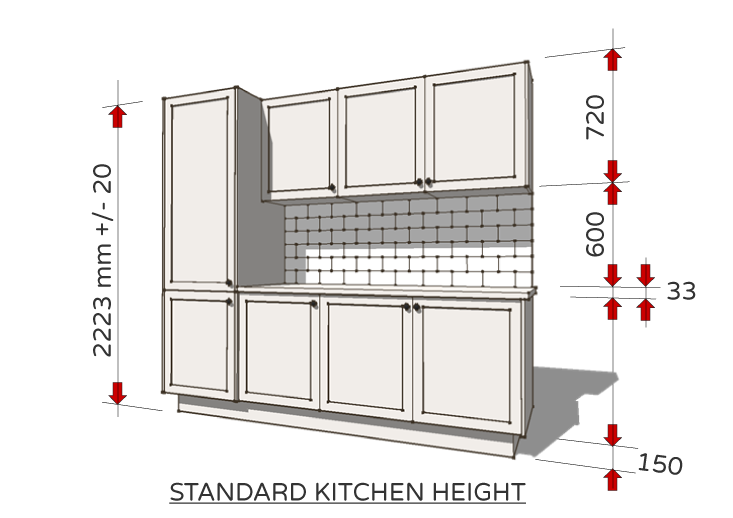

/82630153-56a2ae863df78cf77278c256.jpg)






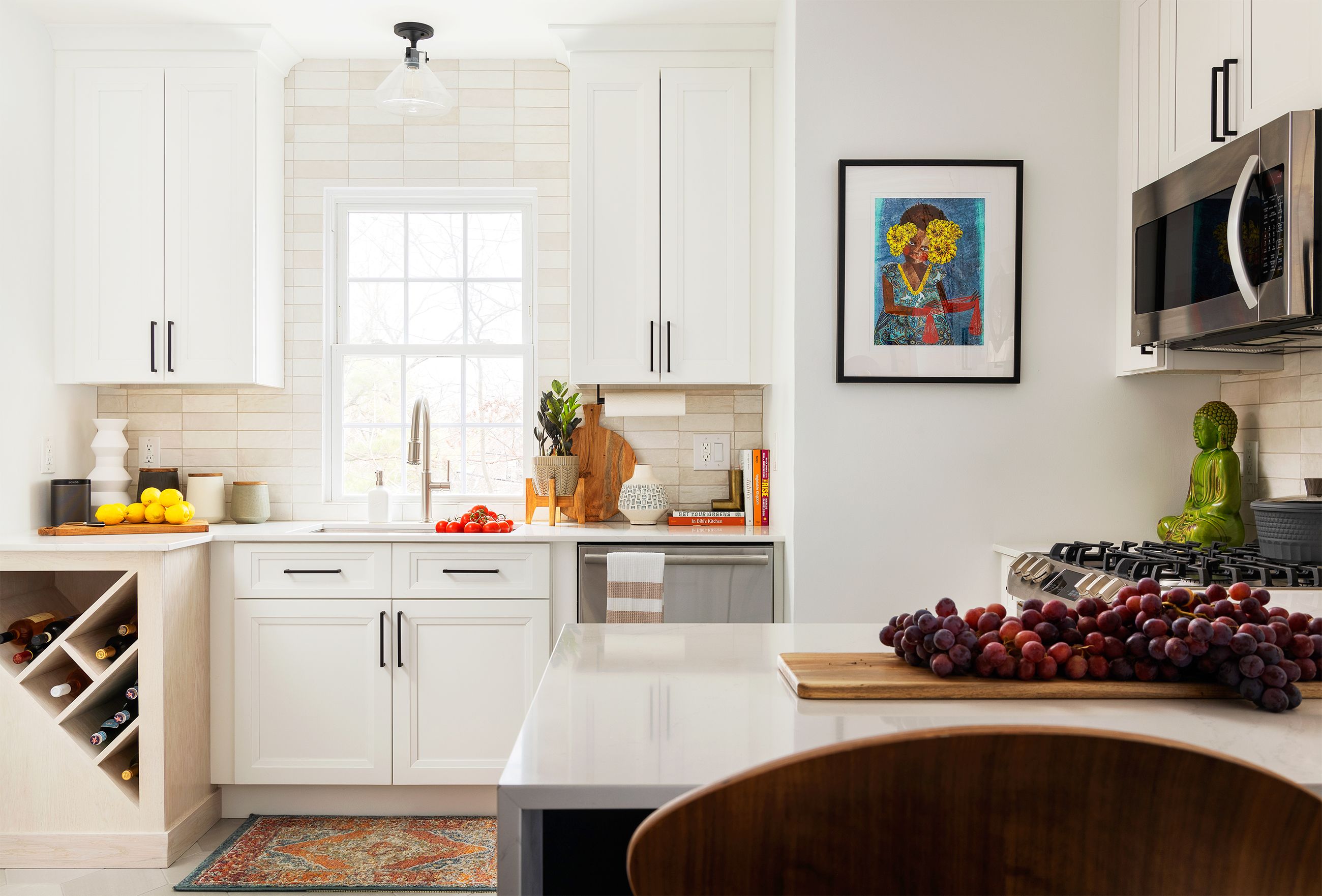


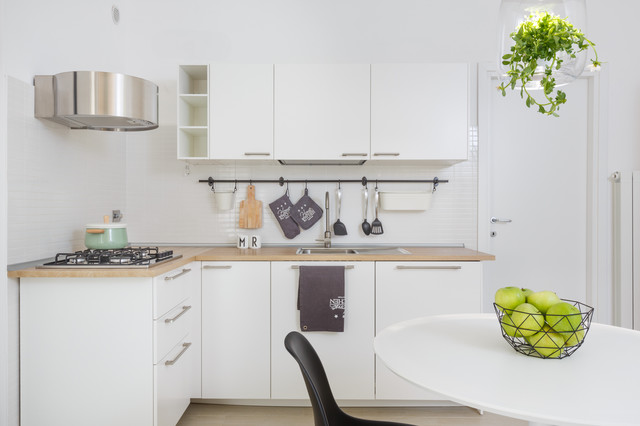
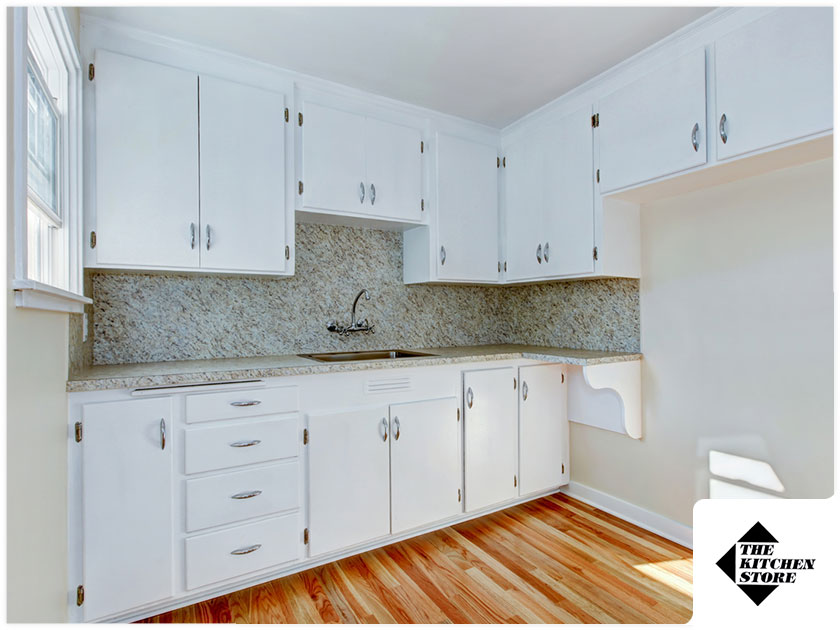
/tips-for-perfectly-placed-art-1976086-02-a4c4fefd1bdb42c1b1430e509472c32b.jpg)
